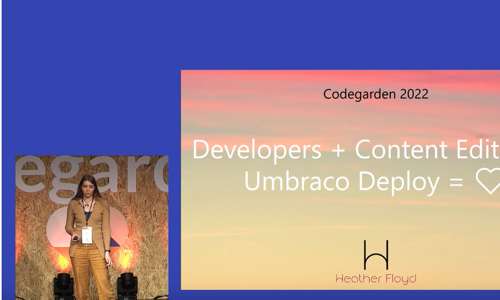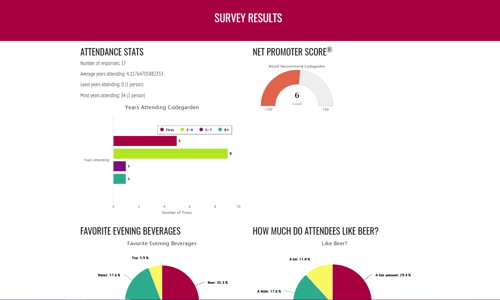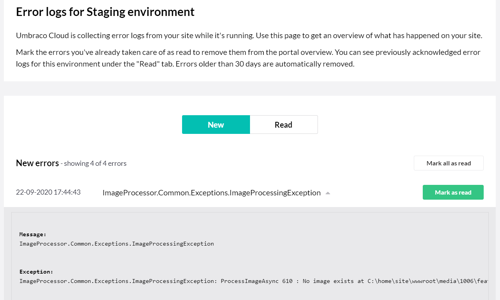Running a profitable web development project is always challenging. In my experience while working with Agencies, there are a few things I’ve found that should be addressed up-front, which will save headaches – and cost overruns – later.
The key is to make sure that you address these items before you finalize the client proposal.
- Get a clear understanding of the client’s corporate workstation technology stack. Specifically, what operating system and web browsers are their employees using? Your front-end developers should be aware of this while working, and your QA process should include testing on this setup. I have seen issues arise post-launch where the client comes back to report problems because all their staff are using Internet Explorer – but that was never discussed earlier.
- Determine the hosting setup. Where will the live website be hosted? Who is in charge of the network setup and maintenance? Does the client’s corporate policy require that they control the web server in-house? A lot of project challenges – especially with access and deployment can result from client-control of the web hosting. If that is the nature of your project, add in extra time to deal with their network IT team – and make sure you know how to contact those people and have the authority to work with them directly.
- Determine the development/staging setup. If you, as the Agency, will be managing the live hosting, you will also likely be managing the development and staging site setups. If the client is managing the live hosting, you will need to determine if they are willing to manage development or staging environments as well. If not, it will fall on the Agency to handle that aspect of the project, so you should be sure to include any associated costs in your project calculations.
- Plan your deployment strategy. Closely related to the previous two tips, before you get started, you should be planning how the project will end – with deployment to the final live environment. For deployment, there are two scenarios to address. First, the initial “launch” deployment for go-live. Secondly, how any post-launch ongoing fixes, changes, or updates will be handled. Especially for post-launch maintenance work, development and staging environments will need to be maintained. Discussing this at the beginning will save unpleasantness later.
These might seem unimportant when compared to the exciting parts of a web project – the user personas, wireframes, designs, etc. – but they can cause so many issues while a project is being built and after deployment.
If you are working on a bid for an Umbraco project, get in touch for my advice on the best ways to handle these aspects of your project.








